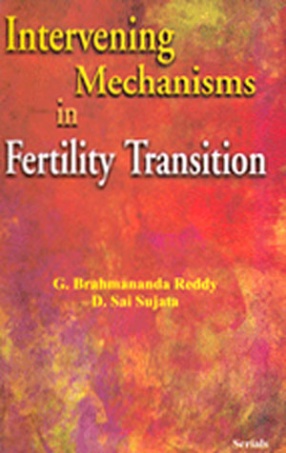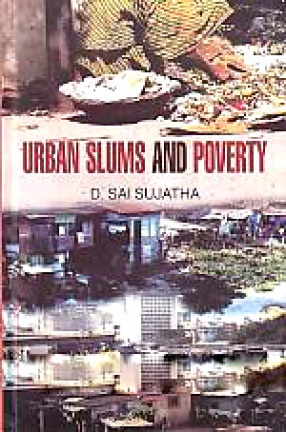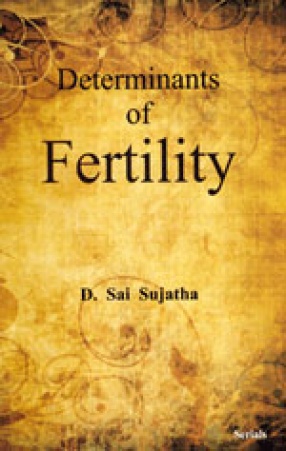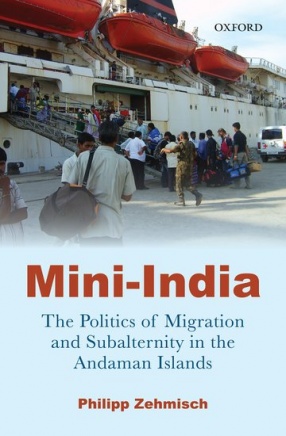The consensus arising from these diverse studies suggested that among less developed societies, the perceived and actual, current and expected contributions of children to the household economy were in fact related with demand for children or family size desires. The extent, to which this translates into changes in fertility behaviour, interms of contraception and marital fertility, was not very clear. As such, the present research study attempts to examine the intervening mechanisms that bring about transition from natural to controlled fertility at micro level, on the basis of empirical data collected through a survey specifically designed for the purpose. In this background it is clear that studies relating to demand for children, supply of children and costs of fertility regulation, which are the causes of shift from natural to controlled fertility are of particular value. The findings of such studies may have several important policy implications, which will be useful to the policy makers in reducing fertility.
Urban Slums and Poverty
$68.40
$76.00








There are no reviews yet.